Kohima is the exquisite capital of Nagaland, a city of rich tribal heritage that abuts beautifully with modern urban life. From exploring war memorials echoing with tales of bravery to enjoying the vibrant Hornbill Festival, there are many more things to do in Kohima. Its scenic landscapes, traditional villages, and hospitality make it the perfect destination for those who want to get lost in the lesser-known places in Northeast India. From trekking through lush forests to an in-depth look into tribal arts and crafts, Kohima offers a decadent journey into the heart of Naga culture and history.
10 Things To Do In Kohima
Here’s a list of 10 best things to do in Kohima, known for its cultural richness and historical significance:
1. Visit The Kohima War Cemetery
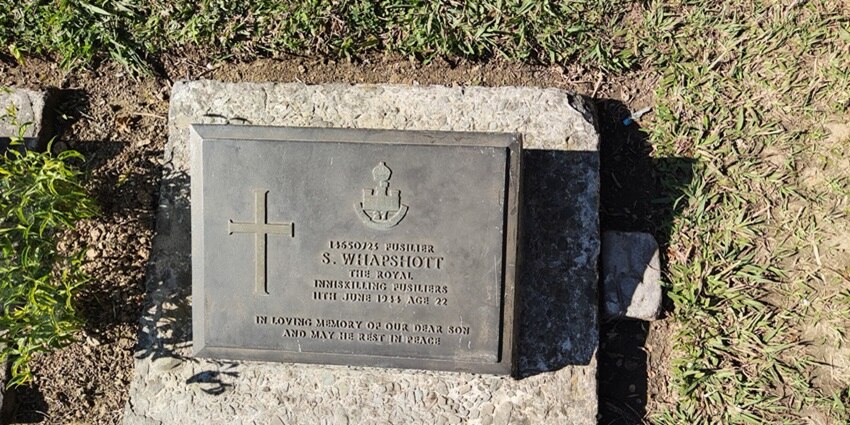
Photo: Shyamal / Wikimedia Commons
The Kohima War Cemetery is a poignant reminder of the brave soldiers who fought in the Battle of Kohima during World War II. This beautifully maintained cemetery, with its pristine lawns and orderly rows of gravestones, is the best thing to see in Kohima for reflection and remembrance. The cemetery design terraces following the slope of the hill provide a panoramic view of the surrounding landscape. At the entrance, you’ll find the famous epitaph, “When You Go Home, Tell Them Of Us And Say, For Your Tomorrow, We Gave Our Today.” The site also includes informative plaques detailing the history of the battle.
Timings: 9 AM – 5 PM
Location: Midland, Kohima
How To Reach: Short taxi ride from Kohima city centre
Entry Fee: Free
Suggested Read: Places To Visit In Nagaland
2. Explore Kohima Village
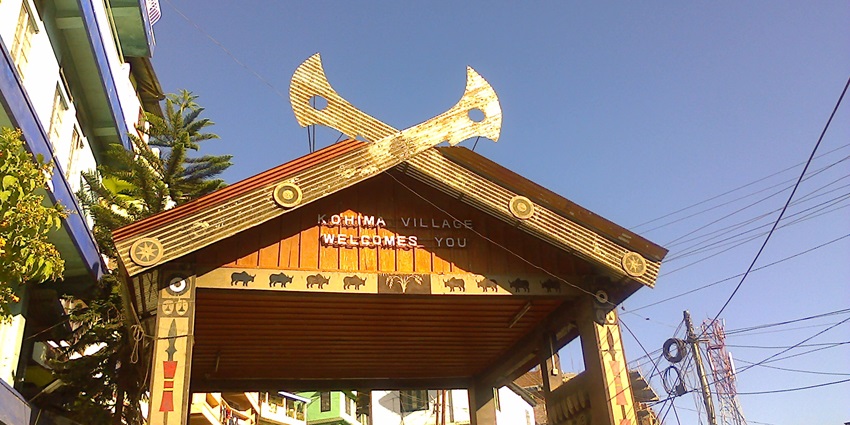
Photo: PP Yoonus / Wikimedia Commons
Kohima Village, also known as Bara Basti, is one of the largest villages in Asia and offers an authentic glimpse into traditional Naga life. As you wander through its narrow lanes, you’ll encounter traditional Angami Naga houses, each with unique wood carvings and designs. The village is known for its rich cultural heritage, evident in the locals’ way of life, traditional attire, and crafts. The village also houses several small museums showcasing Naga artefacts, weapons, and handicrafts.
Location: Southern part of Kohima
How To Reach: Short taxi ride or a scenic walk from the city centre
3. Attend The Hornbill Festival
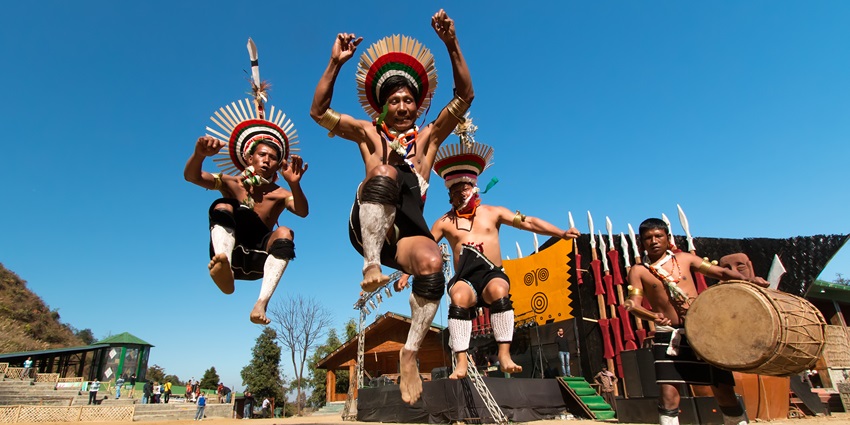
Photo: Vikramjit Kakati / Wikimedia Commons
The Hornbill Festival, held annually in December, is Nagaland’s most famous cultural event and a must-experience if you visit during this time. This vibrant celebration, often called the “Festival of Festivals,” brings together all 16 major Naga tribes. The festival grounds at Kisama Heritage Village come alive with traditional music, dance performances, tribal games, and colourful parades. Visitors can witness mock tribal battles, sample exotic Naga cuisine, and shop for unique handicrafts. The festival also features modern rock concerts, fashion shows, and sports events, perfectly blending traditional and contemporary Naga culture.
Best Time To Visit: First week of December
Location: Kisama Heritage Village, about 12 km from Kohima
How To Reach: Shuttle services available from Kohima during the festival
Cost/Person: ₹20 – ₹30,
Suggested Read: Things To Do In Dimapur
4. Trek To Dzükou Valley
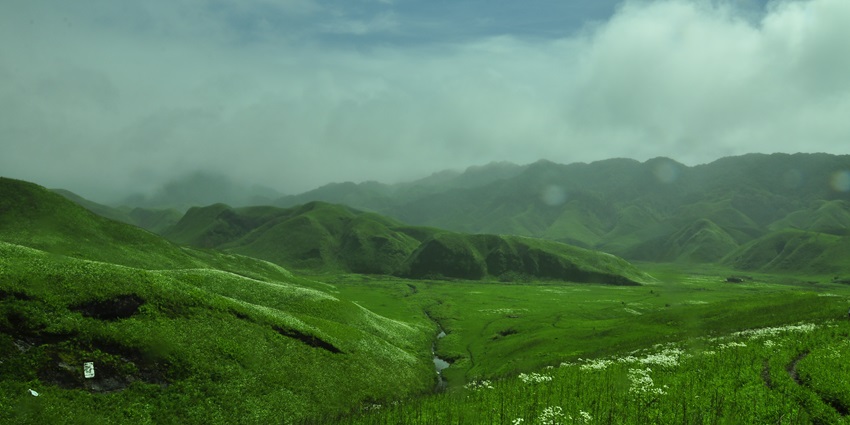
Photo: GuruBidya / Wikimedia Commons
The Dzükou Valley, often called the “Valley of Flowers of the Northeast,” offers one of the most breathtaking trekking experiences near Kohima. Known for its rolling hills, serpentine streams, and vibrant flora, the valley is particularly stunning when the Dzükou Lily blooms in late spring. The trek, though challenging, rewards hikers with panoramic views of the surrounding mountains and the chance to camp in pristine wilderness. The valley’s unique ecosystem, with its dwarf bamboo and rare plant species, makes it a paradise for nature lovers and photographers.
Best Time To Visit: April – October
Location: About 25 km south of Kohima
How To Reach: Hire a guide and transportation from Kohima
Entry Fee: Free
5. Visit The Naga Heritage Village
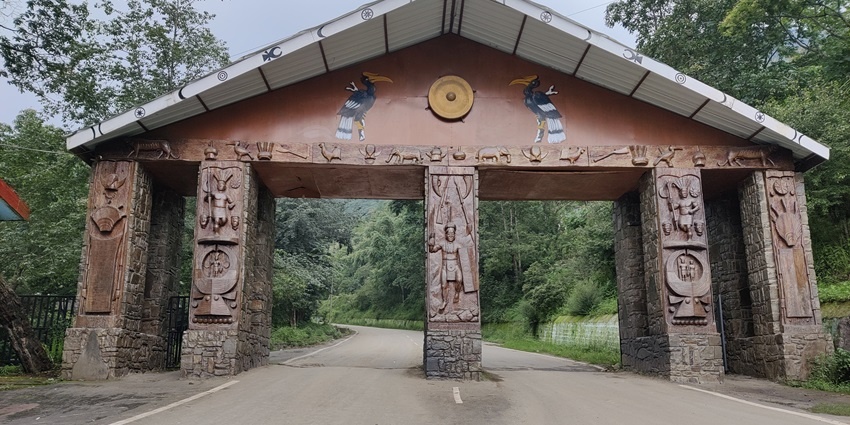
Photo: Ganesh Mohan T / Wikimedia Commons
The Naga Heritage Village in Kisama comprehensively introduces Naga culture and traditions. This living museum features traditional morung (youth dormitories) of different Naga tribes, each showcasing unique architectural styles, and cultural artefacts. Visitors can explore replicas of traditional homes, learn about ancient customs, and witness traditional crafts and skills demonstrations. The village also hosts cultural performances and workshops, providing an immersive experience of Naga heritage. It’s an excellent place to understand the diversity and richness of Naga tribal culture all in one location.
Timings: 9 AM – 5 PM
Location: Kisama, about 12 km from Kohima
How To Reach: Taxi or local bus from Kohima
Entry Fee: ₹30 for Indians, ₹100 for Foreign Nationals
Suggested Read: Things To Do In Nagaland That You Cannot Miss Out On
6. Explore The Kohima State Museum

Photo: Riccardo / Pexels / Image For Representation Only
The Kohima State Museum offers a deep dive into Nagaland’s history, culture, and art. The museum houses an extensive collection of Naga artefacts, including traditional weaponry, costumes, jewellery, and household items. Visitors can learn about the various Naga tribes, their customs, and their evolution over time. The museum also features exhibits on Naga folklore, traditional musical instruments, and ancient scripts.
Timings: 10 AM – 4 PM
Location: Near Bayavu Hill, Kohima
How To Reach: Short taxi ride from the city centre
Cost/Person: ₹50
7. Visit The Catholic Cathedral
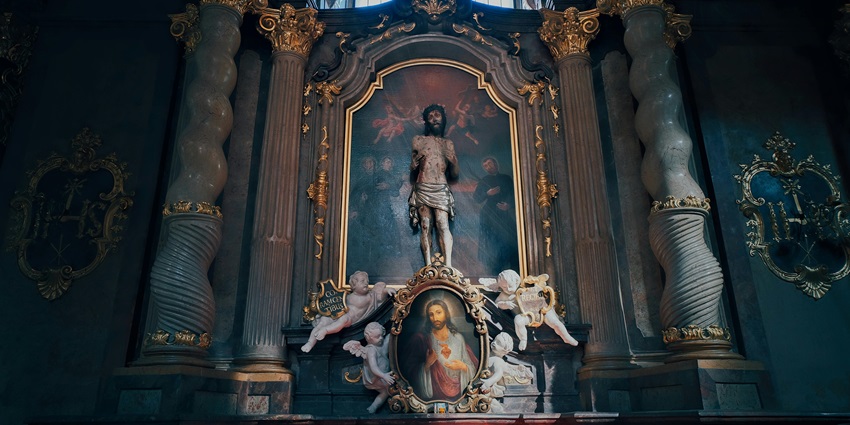
Photo: Egor Komarov / Pexels / Image For Representation Only
The Kohima Catholic Cathedral, with its striking architecture blending modern design with traditional Naga elements, is one of the city’s most prominent landmarks. The cathedral’s unique design features a large cross-shaped window and incorporates traditional Naga motifs in its interior decorations. The peaceful atmosphere and beautiful stained glass windows make it a serene spot for reflection. The cathedral also offers panoramic views of Kohima city from its vantage point. Even for non-religious visitors, the cathedral’s architectural beauty and cultural significance make it worth a visit.
Location: Aradurah Hill, Kohima
How To Reach: Short taxi ride from the city centre
Entry Fee: Free
Suggested Read: Rangapahar Wildlife Sanctuary
8. Shop At Naga Bazaar
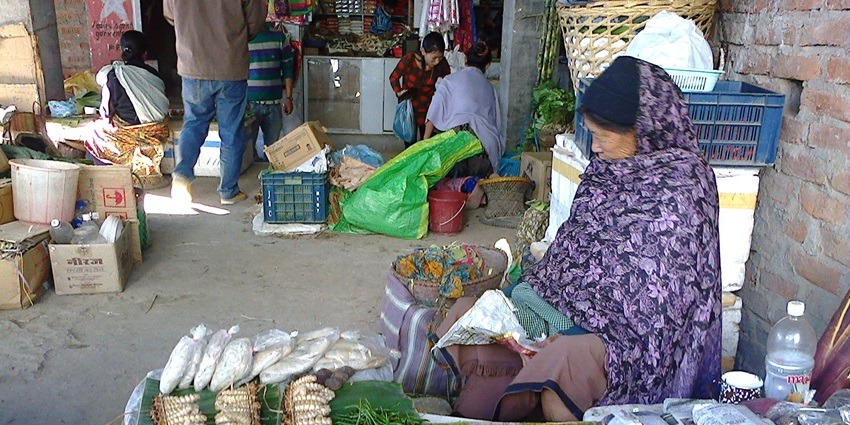
Photo: PP Yoonus / Wikimedia Commons
The Naga Bazaar, also known as the Kohima Local Market, offers a vibrant and authentic shopping experience. This bustling market is the perfect place to immerse yourself in local life and culture. You’ll find a wide array of traditional Naga products, including handwoven textiles, bamboo crafts, tribal jewellery, and unique spices. The market is also famous for its exotic food items, including edible insects, smoked meats, and local herbs.
Timings: Early morning to evening, busiest on weekends
Location: Central Kohima
How To Reach: Walking distance from most parts of the city centre
Entry Fee: Free
9. Visit The World War II Museum
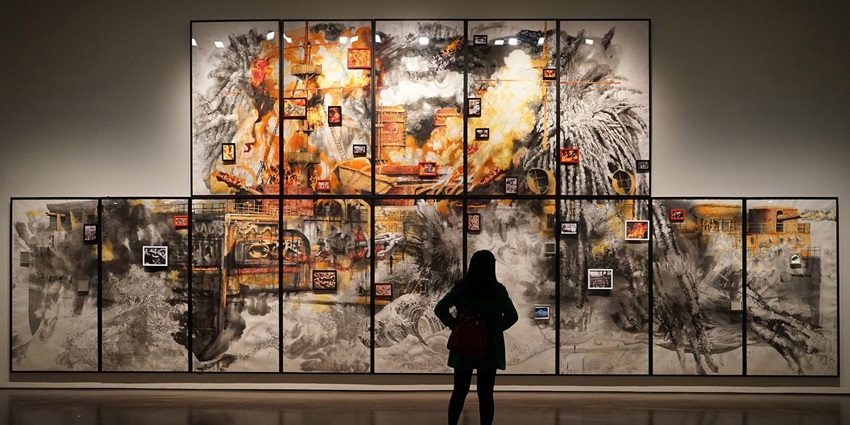
Photo: Mr1900 / Pixabay / Image For Representation Only
The World War II Museum in Kohima provides a detailed account of the Battle of Kohima, a crucial turning point in the Burma Campaign of World War II. The museum houses an impressive collection of artefacts, including weapons, personal items of soldiers, and wartime photographs. Interactive displays and multimedia presentations bring the history to life, offering visitors a deep understanding of the battle’s strategic importance and human impact. The museum also features exhibits on the local Naga people’s involvement in the war effort.
Timings: 9 AM – 5 PM (Closed on Mondays)
Location: Near Kohima War Cemetery
How To Reach: Short walk from the War Cemetery
Entry Fee: ₹20 for adults, ₹10 for childrens
Suggested Read: Wildlifе Sanctuariеs In Nagaland
10. Enjoy The View From Japfu Peak

Photo: Pexels / Pixabay / Image For Representation Only
For adventure seekers and nature lovers, a trek to Japfu Peak offers an exhilarating experience. As the second-highest peak in Nagaland, Japfu provides breathtaking views of the surrounding landscapes, including glimpses of the Dzükou Valley. The trek takes you through dense forests, home to diverse flora and fauna, including the rare Blyth’s tragopan. At the summit, you can witness the panoramic vistas that stretch as far as the eye can see, one of the best things to do in Kohima.
Timings: Best started early morning for day treks
Location: About 15 km from Kohima
How To Reach: Arrange transportation and guide through local tour operators
Entry Fee: Free
Kohima, with its rich tapestry of history, culture, and natural beauty, offers a unique and enriching experience for every visitor. From solemn war memorials to vibrant cultural festivals, from challenging treks to serene spiritual sites, there are many things to do in Kohima that cater to all interests. To make the most of your visit and explore these captivating things to do in Kohima, plan your trip with TripXL for an unforgettable experience.
Cover Photo: Anonymousme / Wikimedia Commons


 WhatsApp
WhatsApp
 Twitter
Twitter









